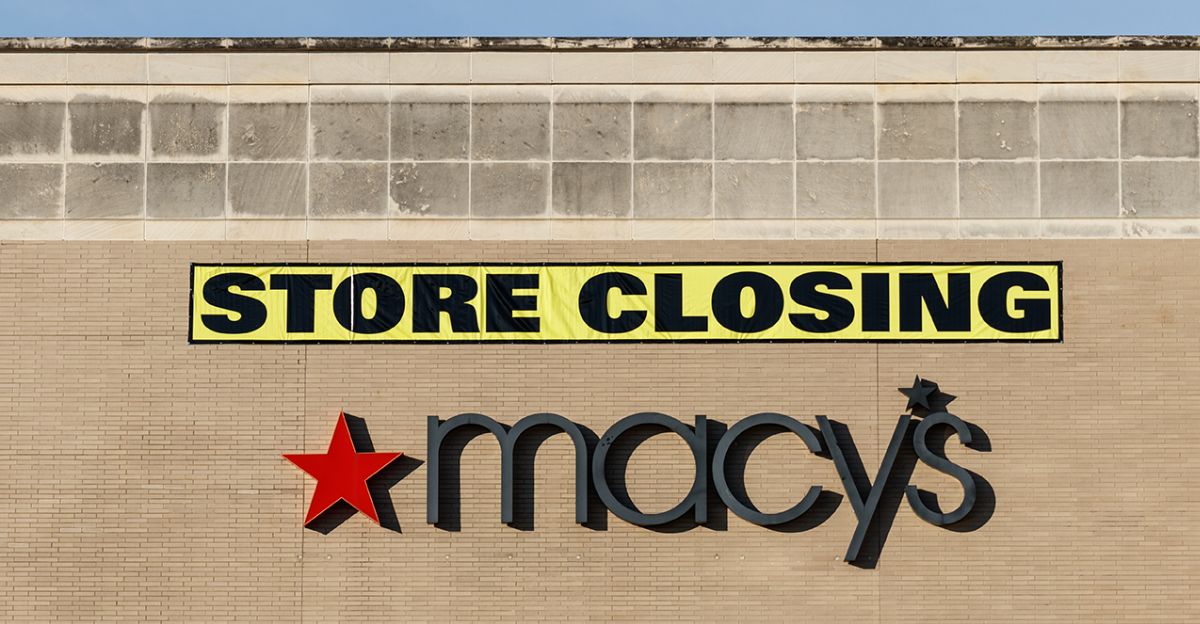
In the first five months of 2025, U.S. retailers announced 75,082 layoffs—an astonishing 274% increase compared to the same period last year, driven largely by mass store closures. Macy’s is a leading contributor: under its “Bold New Chapter” strategy, the chain will shutter approximately 150 underperforming stores by 2026—including 66 closures announced this quarter—fueling nationwide job losses.
This dramatic wave of cuts is not just affecting a single company; it’s triggering ripple effects across workers, communities, and the broader retail landscape.
Economic Strain and Retail Shifts

Consumer spending has slowed while costs have climbed, squeezing retailers’ profits. U.S. economic growth has nearly stalled, and inflation (plus tariffs) is driving up business costs. Macy’s and others are responding by retrenching. Under its “Bold New Chapter” plan, Macy’s is shuttering 66 stores just this quarter (a third of its NYC locations) and will trim 150 by 2026.
In short, rising expenses and soft sales have forced big chains to cut costs, primarily by closing stores and cutting staff.
Thousands of Retail Jobs Cut

As Macy’s and peers close outlets, layoffs are piling up. Challenger, Gray & Christmas reports that retail saw nearly 76,000 jobs lost January–May 2025 – a staggering 274% increase year-over-year. Macy’s downsizing alone translates into thousands of lost positions. Other chains piled on: craft retailer Joann filed for bankruptcy and was forced to shut all 800 stores, CVS is closing 270 pharmacies, and Walgreens and Rite Aid are also cutting hundreds of locations.
Together, these cuts have resulted in a massive toll on frontline retail workers.
Empty Malls and Local Retail Pain

Store closures are visible on Main Street and in malls nationwide. In fact, U.S. retail shutdowns surged in 2024, with a record spike in empty storefronts. Macy’s pullback removes key anchor tenants from many malls – the company is even selling former store real estate (raising about $275 million in 2024 through property sales).
Fewer anchors mean less foot traffic, hurting smaller shops and service businesses in those centers. Communities from small towns to big cities are feeling the pinch as vacant lots and “For Lease” signs multiply.
Online & Discount Retailers Gain Ground

With fewer department stores open, customers are shifting where they shop. Retailers with strong e-commerce and discount models are poised to pick up the slack. Many brands are beefing up online and logistics teams: an industry analysis finds retailers actively hiring in IT, fulfillment, and data analytics even as they cut store-level jobs. Essential retailers (grocery and pharmacies) remain relatively stable or are even expanding, thanks to steady demand.
In other words, the market is rewarding digital and value-focused players while legacy brick-and-mortar chains contract.
Commercial Real Estate Under Pressure
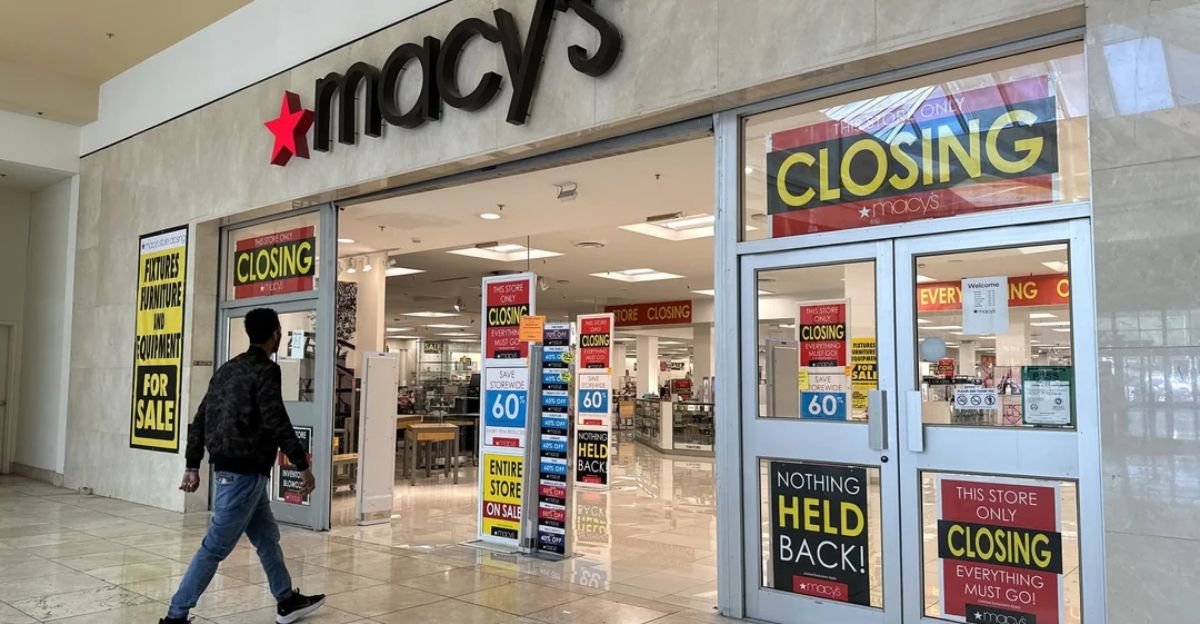
The closures are racking up losses for landlords. Macy’s plan to close dozens of mall and strip-center stores leaves massive vacancies in properties once held by a retail giant. Commercial lenders and mall owners worry about mortgage-backed loans on these properties as vacancy rates climb. To cope, landlords are now redeveloping or splitting former department stores and searching for new tenants (sometimes with very different businesses) to plug revenue holes.
The shift away from big-store anchors is reshaping the landscape of shopping centers and malls across the country.
The Tech Transformation of Retail
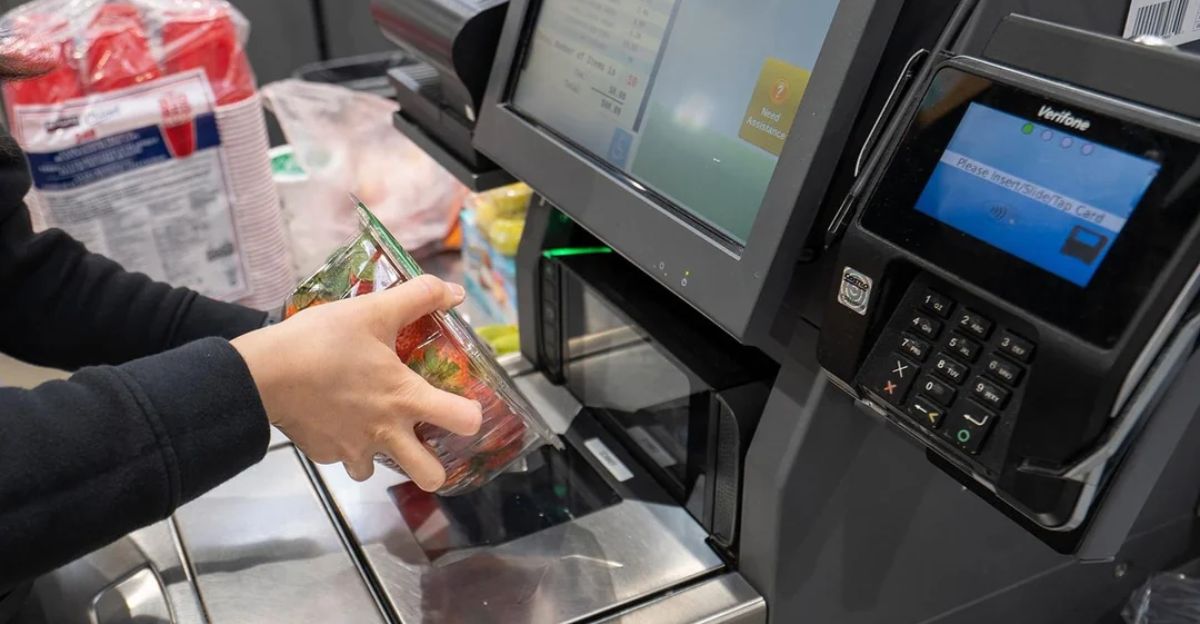
Behind the layoffs lies a larger shift: retail is getting more automated and data-driven. Companies are cutting traditional roles even as they hire tech talent. The same analysis notes that retailers are “growing their workforce” in e‑commerce infrastructure and automation, while reducing headcount on store floors. Practically, this means more self-checkouts, app-based shopping, and warehouses, and fewer cashier jobs.
The message is clear: future retail employees will need tech skills, and many old roles will vanish as the industry reinvents itself.
What Consumers Can Do?
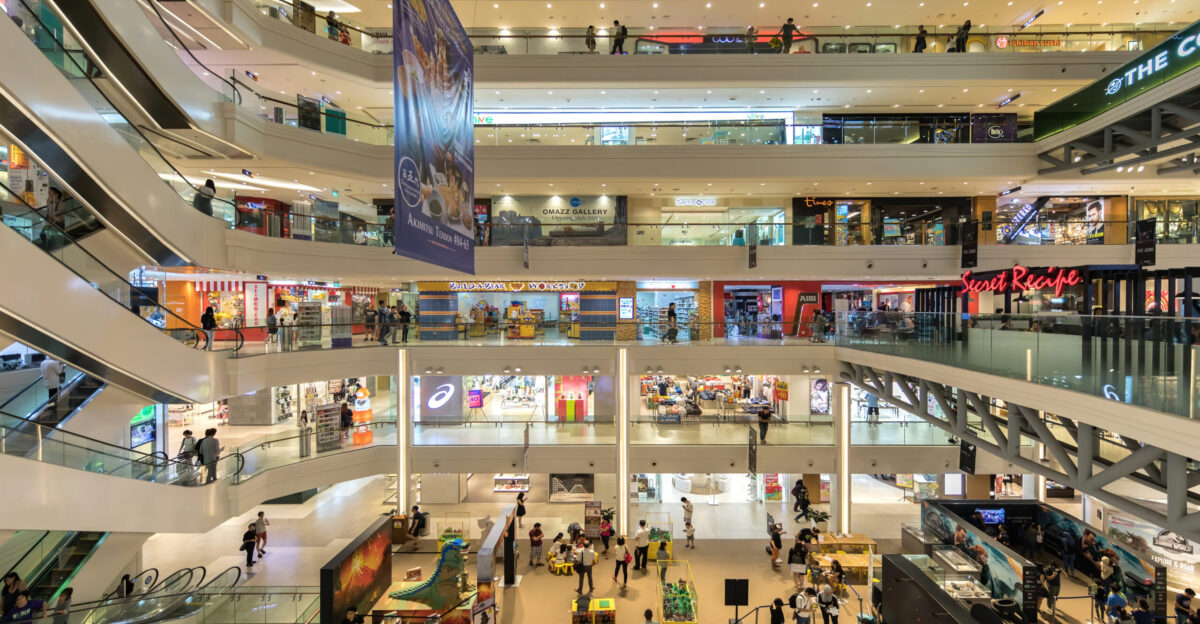
As retail layoffs mount, government and labor groups are urging action. State lawmakers in major retail hubs are calling for emergency support measures—ranging from retraining grants to extended unemployment benefits—to help displaced workers transition into new roles. Labor advocates are pushing retailers to fund local job-placement programs and expand affordable child care and health coverage tied to severance deals. Some congressional representatives have begun discussions around targeted stimulus for communities heavily impacted by store closures.
While no relief packages have been passed yet, the increasing political attention underscores the mounting pressure on policymakers to address the retail sector’s sudden contraction and its drag on regional economies. Political leaders have been largely silent, even as proposals to curb stock buybacks and encourage corporate reinvestment languish in Congress.
A New Normal in Retail
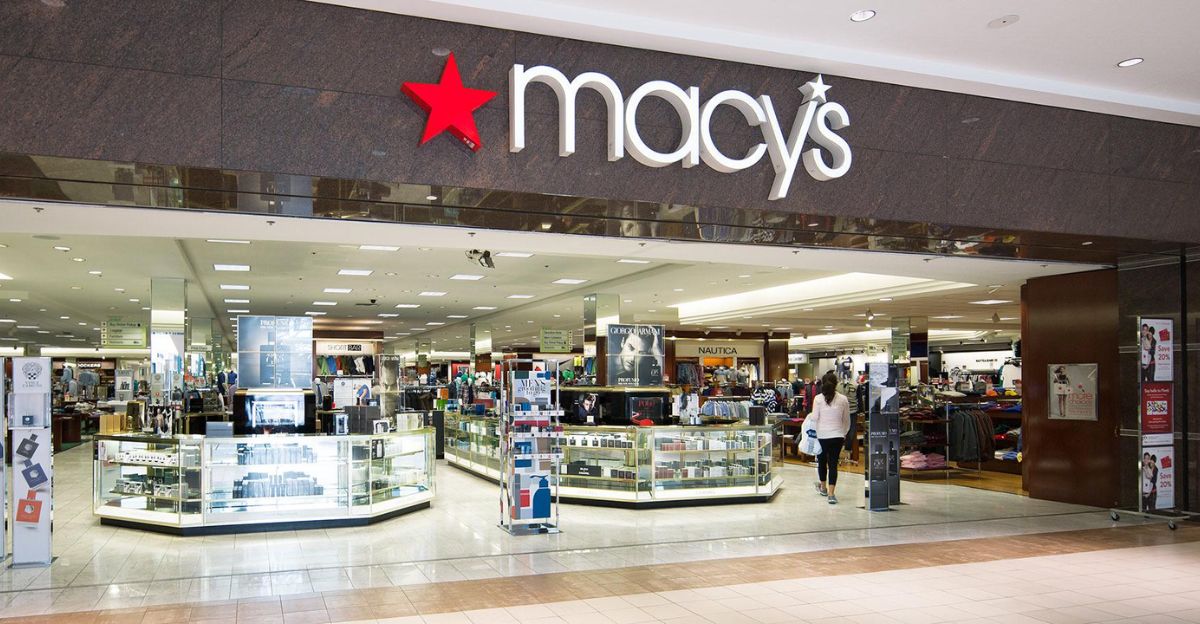
Industry observers say Macy’s upheaval reflects a permanent change. Department stores are shrinking or reinventing themselves; their losses are often gains for online and niche retailers. Analysts note that traditional retail chains will likely maintain smaller store networks moving forward. Hiring trends in retail are shifting strongly toward tech, logistics, and automation roles.
In short, what started as Macy’s downsizing signals deeper trends: evolving shopping habits, higher operating costs, and a new focus on digital retail.
Beyond the Sales Floor
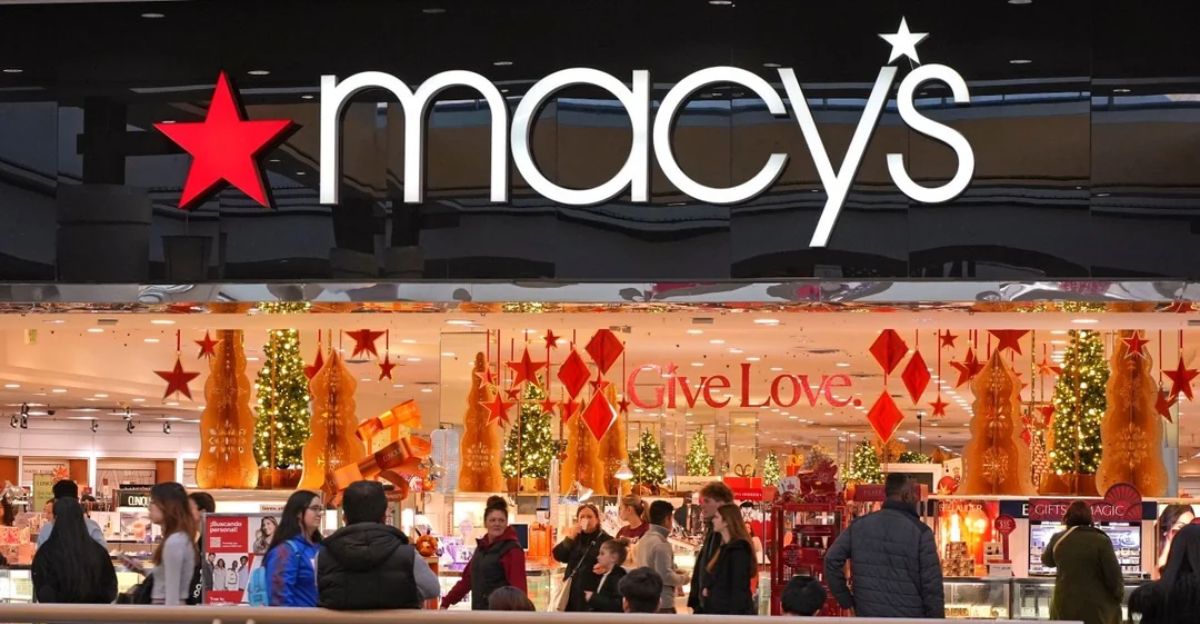
The Macy’s closures and associated layoffs are more than a company story – they’re a symptom of retail in flux. As one report found, retail job cuts were nearly three times higher than a year ago. Every store that closes can affect local economies, mall traffic, and supply chains. Consumers may need to adjust by hunting for better deals and embracing new shopping channels.
Retailers and policymakers alike are watching closely: the Macy’s effect shows how a shift in one corner of the market can ripple outward, touching jobs, communities, and budgets far beyond the store itself.